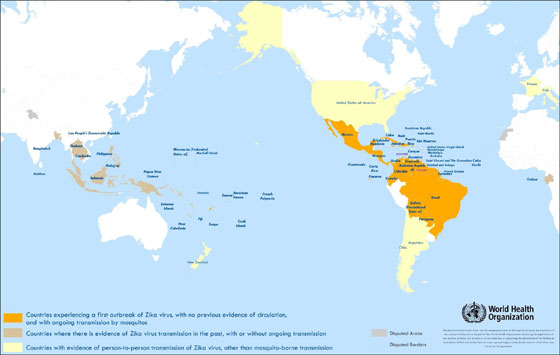Article contents
Analytical methods for detection of Zika virus
Published online by Cambridge University Press: 30 March 2017
Abstract

Due to the recent outbreak of the Zika virus (ZIKV) in several regions, rapid, and accurate methods to diagnose Zika infection are in demand, particularly in regions that are on the frontline of a ZIKV outbreak. In this paper, three diagnostic methods for ZIKV are considered. Viral isolation is the gold standard for detection; this approach can involve incubation of cell cultures. Serological identification is based on the interactions between viral antigens and immunoglobulin G or immunoglobulin M antibodies; cross-reactivity with other types of flaviviruses can cause reduced specificity with this approach. Molecular confirmation, such as reverse transcription polymerase chain reaction (RT–PCR), involves reverse transcription of RNA and amplification of DNA. Quantitative analysis based on real-time RT–PCR can be undertaken by comparing fluorescence measurements against previously developed standards. A recently developed programmable paper-based detection approach can provide low-cost and rapid analysis. These viral identification and viral genetic analysis approaches play crucial roles in understanding the transmission of ZIKV.
- Type
- Prospective Articles
- Information
- Copyright
- Copyright © Materials Research Society 2017
References
- 8
- Cited by





